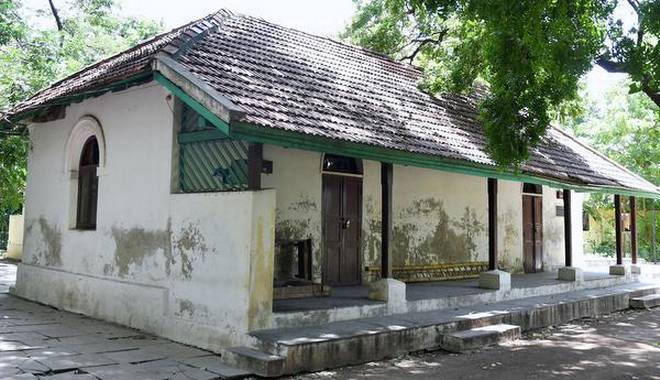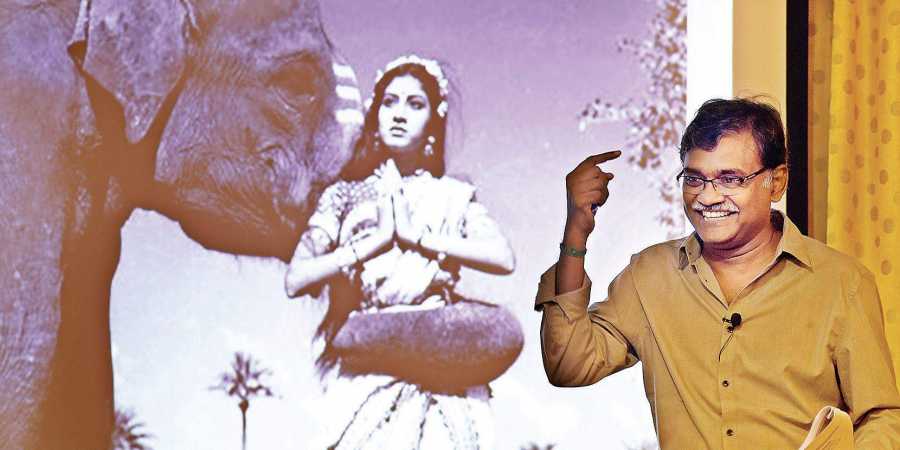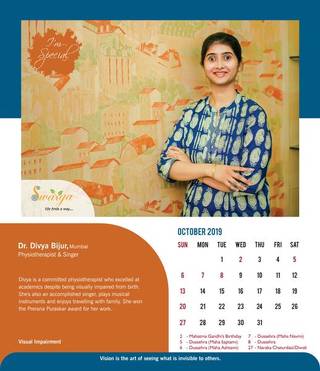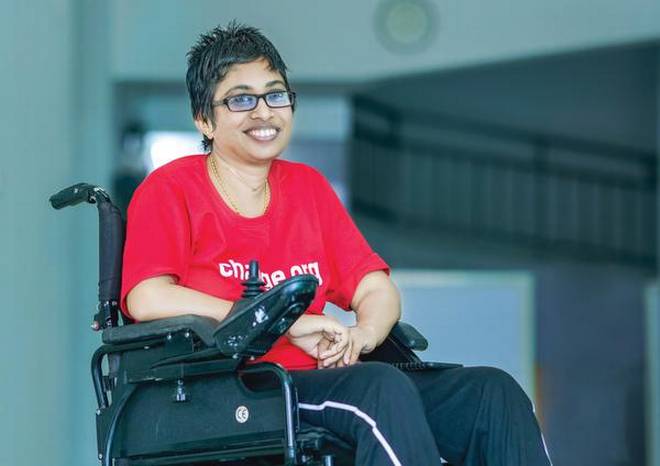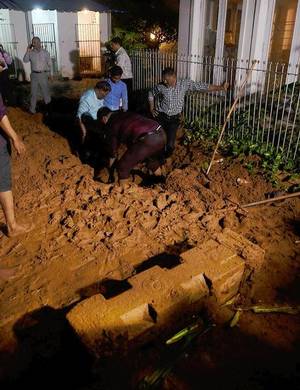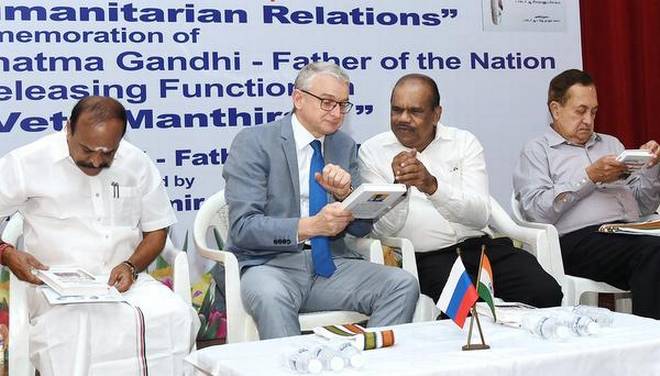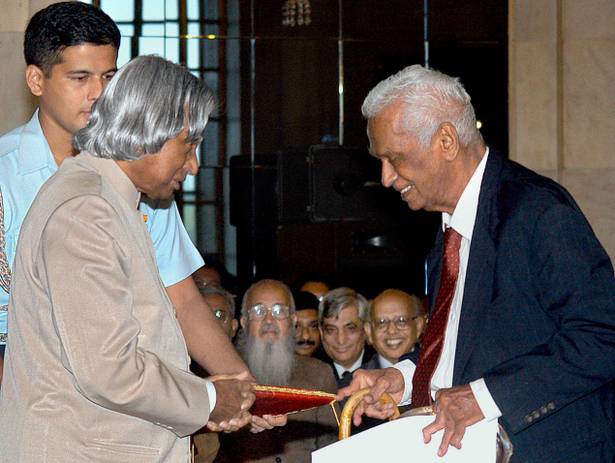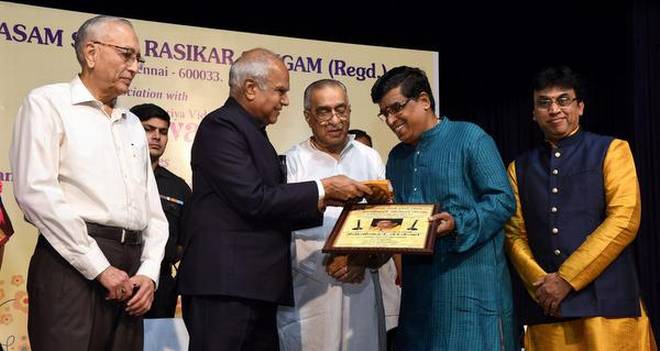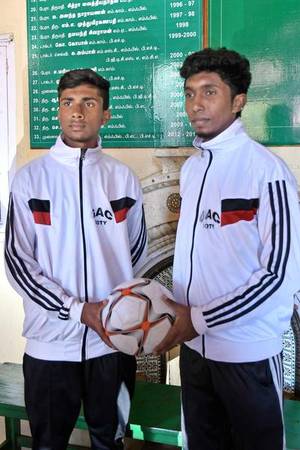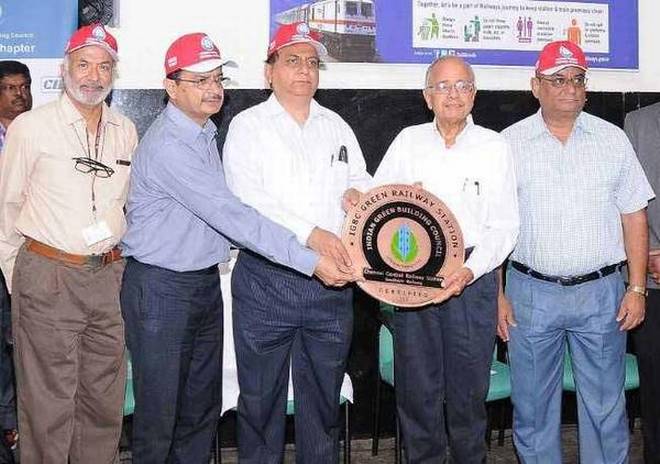The trees in the compound are striking. They have unmistakeably been standing there for decades. The work that’s been going inside the old building, set at the far end, pre-dates them — hand-written wall announcements on the sides make it clear. We are standing in front of Monegar Choultry that has sheltered and fed people since 1782. The choultry ran the first organised charity in Madras.
Historian S Muthiah, in his article in MetroPlus dated November 19, 2001, takes us to its origins . “When Madras was stricken by one of its worst-ever famines in 1781, the city’s first formal charity was set up by the Government and St Mary’s Church,” he writes. “A Famine Relief Committee was established in 1782 and the Committee rented a house for poor feeding just beyond the north wall of George Town — in present day Royapuram that was all fields, vegetable gardens and fruit groves then.”
He writes: “The house continued as a refuge for the poor and the sick even after conditions improved in 1784. It is around that time, it appears to have got its name. Monegar Choultry, perhaps by then being locally administered by the village headman (manugakkaran).” Nivedita Louis, city historian, tells us that in 1782, a village headman established a gruel centre in his garden in Royapuram. Soon after the Mysore War (1799), the centre became a choultry for the sick and those in need. In 1807, the Government and the Nawab of Arcot made substantial donations as more people began to seek solace under its roof. A hospital was constructed within the choultry in 1799 by John Underwood, an assistant surgeon. In 1801, the hospital was combined with the ‘Native Hospital and Poor Fund’ in the choultry. During the visit of the Raja of Venkatagiri, another choultry was built next to Monegar Choultry for feeding a hundred people and giving alms to another hundred every day. The charity thus started became permanent when the Raja invested ₹1 lakh in Government Securities on June 28, 1870, for its upkeep.
The Native Hospital was taken over by the Government in 1910 and was renamed Royapuram Hospital, later Stanley, while the choultry was shifted to the premises of the nearby Raja of Venkatagiri Choultry. For a long time, Stanley hospital was referred to as the ‘Kanjithotti hospital.’
Here’s a mystery: To the left of the choultry is a gate guarded by a carved stone beam standing on two stone pillars. “This was once the choultry superintendent’s house,” says Nivedita. It will be interesting to find out what the two winged creatures supporting the beam are.
source: http://www.thehindu.com / The Hindu / Home> News> Cities> Chennai / by Geeta Padmanabhan / October 08th, 2018
